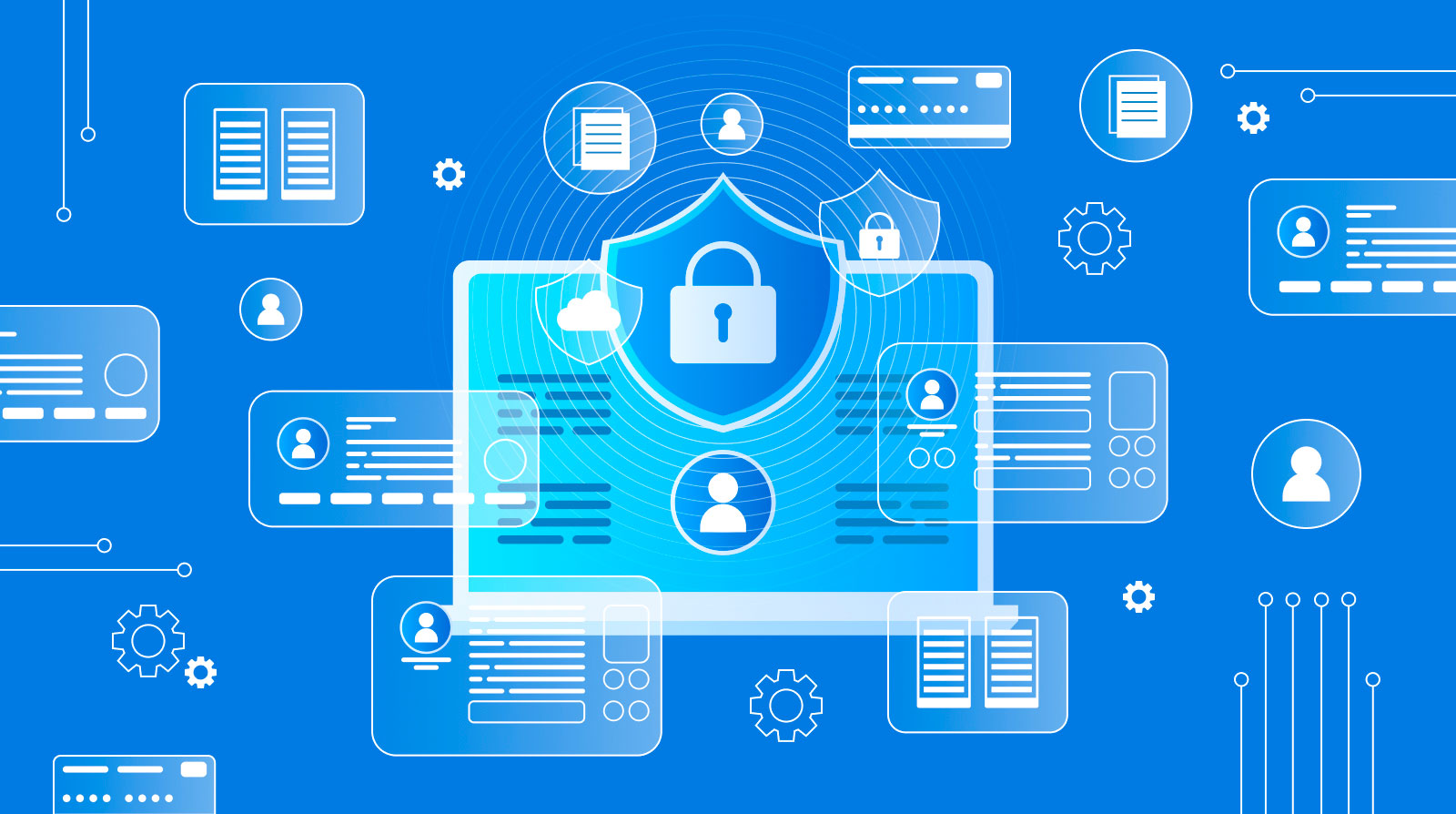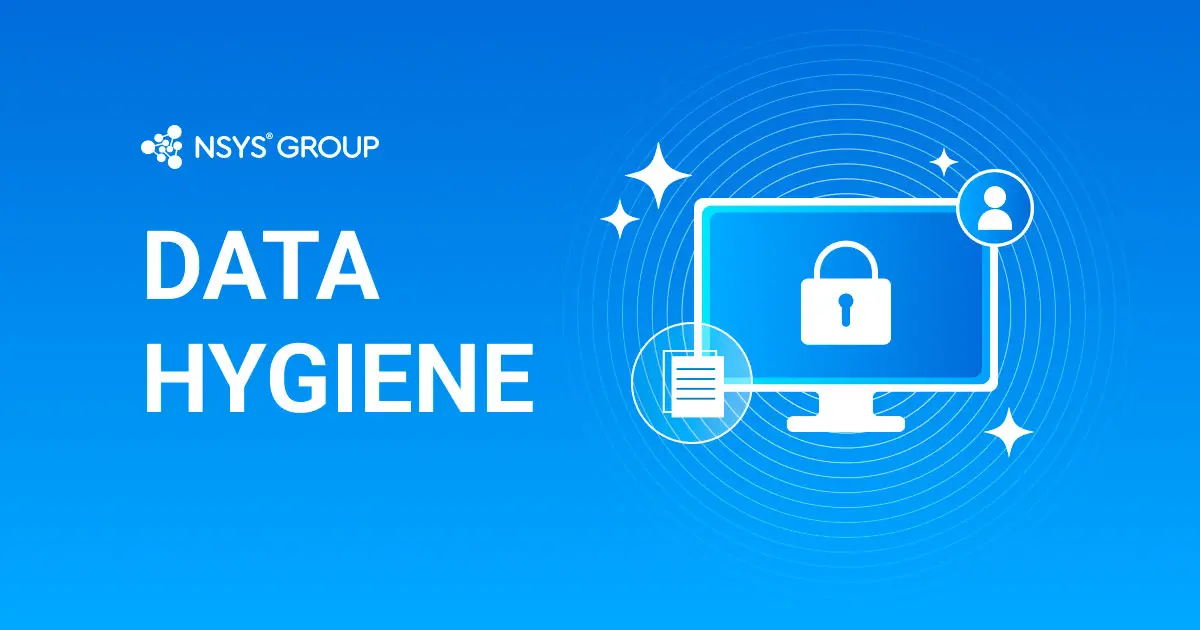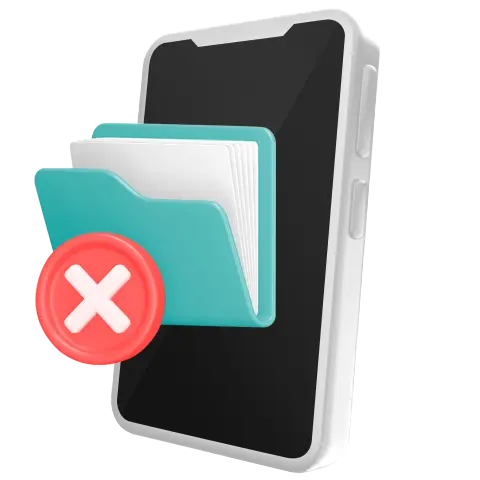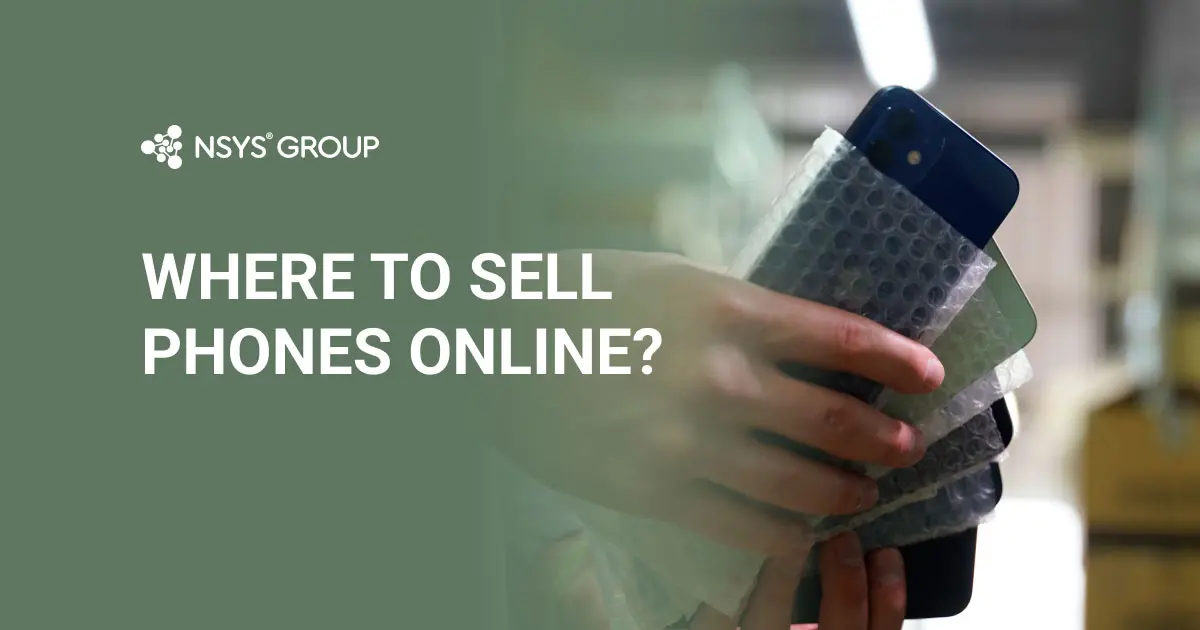Keeping corporate data and information about your clients up-to-date is challenging, even for small businesses. When the company grows, it becomes overloaded with spreadsheets and scattered documents. However, this is neither convenient nor safe. To protect the data and optimize processes, business leaders should implement data hygiene best practices. In this article, we will discuss several of them and help you to create a data management strategy for your company. Follow along!
What is Data Hygiene?
The main goal of data hygiene is to keep all information accurate. It is also called a data cleansing process and includes standardizing data and removing errors, duplicates, and outdated information. The data hygiene process should be ongoing and part of the corporate culture.
Why is Data Hygiene Important?
First of all, proper data hygiene makes your business processes straightforward and more convenient. When each worker knows exactly where to find the needed contact details or a client's purchase history, the workflow is more transparent for both employers and employees. Additionally, this reduces the risks of mistakes.
Secondly, having clear rules on how data should be maintained makes data entry easier and less time-consuming. This is especially beneficial for sales and marketing teams that keep customer records and need to fill in new information frequently and regularly update the customer base. Moreover, when implementing these data hygiene rules, you can remove manual data entry from the process and find automated solutions.
Thirdly, clean data enhances decision-making. Seeing a clear picture of your existing records is crucial to collecting data-driven insights and building your marketing strategy efficiently.
Last but not least, transparent and regulated data collection is safe! Nowadays, protecting corporate and customer data should be a priority for any organization. Complying with data privacy regulations is essential to eliminate data leak risks and show your deep commitment to ethical values.

What are Data Hygiene Best Practices?
To implement data hygiene into your workflow, you need to create a step-by-step strategy based on the established quality rules. We have collected several practices for data hygiene that might be useful to your company:
Regular Audits
To maintain the quality of data hygiene, perform regular checks of all databases that exist in the company. Focus on the following steps:
- Validating data. Go through all the information and check if it needs an update. Correct errors and delete duplicate records. That will benefit your company's overall marketing and sales activity.
- Evaluating the system. Look at the CRM you are using from a critical perspective and decide whether it covers the company's needs. An audit is the perfect opportunity to rethink your current system and find a way to optimize it.
- Implementing new tools. If you face a problem maintaining proper data hygiene, you may need to use additional and more profound solutions that will help you to streamline the process. This might be services to automate data entry or analytics, as well as advanced software for data protection.
- Managing accesses. For security reasons, the databases should be accessible only to certain employees. During audits, you should check that authorized personnel have access to confidential data.
Employee Training
All people who interact with CRM data need to know the company's core data hygiene values. Therefore, provide regular training, openly discuss the importance of careful data maintenance, and prepare step-by-step process descriptions so new workers can easily understand the process. Employees should be encouraged to keep data clean and maintain data accuracy.
Data Sanitization
Some data become irrelevant over time. For example, you might not need the contacts of companies you don't work with. This data should be erased in accordance with security norms regarding data protection.
For data left on devices, use certified data destruction solutions such as NSYS Data Erasure. It will provide safe, secure, and irrecoverable data sanitization.
Data Standards
It is one of the most critical parts of data hygiene. To ensure your data is accurate, you need to set the rules for collecting it. Decide what information you need (customer names, telephone numbers, email, etc.) and create a simple way for your workers to fill it in. Moreover, if you collect the same type of data at different points, all of them should be filled in a standard manner.
At this point, it is crucial to think of the data that you need for your analytics. For example, you might not need to know the customer's industry to contact them, but this information can be beneficial for your marketing campaigns. So, define key categories and standardize how you fill in data in each of them.
Data Governance
Although data hygiene is the responsibility of every worker who interacts with corporate and customer information, a person or team should be responsible for these processes. If no one is in charge of implementing best data quality practices, employee training, audits, etc., these processes won't develop. The working data governance framework is the first step to high-quality data hygiene.

How to Maintain Data Hygiene for Used Device Businesses?
Although data hygiene practices are universal and can be used by any business, let's discuss how to adapt them most effectively for used device businesses.
Apart from implementing the practices mentioned above, remember to perform secure data destruction of sensitive data on your stock devices. That means using certified software solutions, such as NSYS Data Erasure. It quickly sanitizes the phone or tablet and provides a report that the data has been erased in accordance with international standards and regulations such as NIST, ADISA, and GDPR.
Moreover, with NSYS Data Erasure, you can connect up to 60 devices to a single PC and perform data destruction simultaneously. To try the solution, click the link below!








